10 Thrifting Secrets To Score Big, And 9 Items To Skip At Thrift Stores
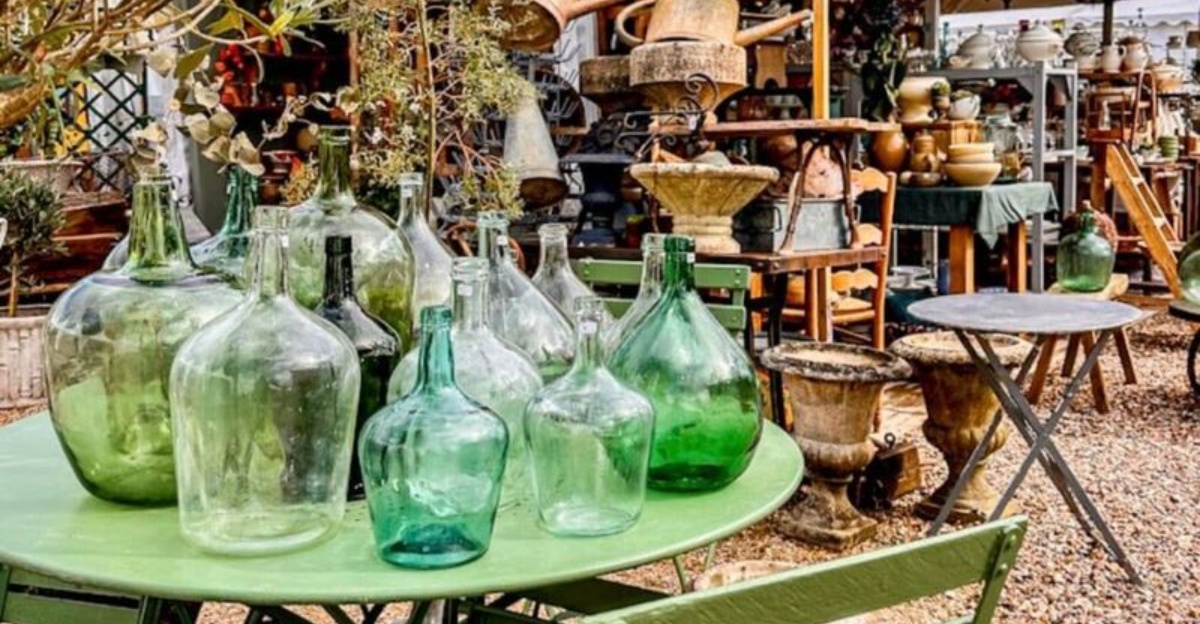
Thrifting has become more than just a budget-friendly shopping method. It’s a treasure hunt for unique home decor and furniture pieces with character and history.
When done right, thrift shopping can transform your living space with one-of-a-kind finds that won’t break the bank. Let me share my designer secrets for scoring incredible pieces, plus what items you should absolutely walk away from during your next thrift adventure.
1. Measure Your Space Before Shopping
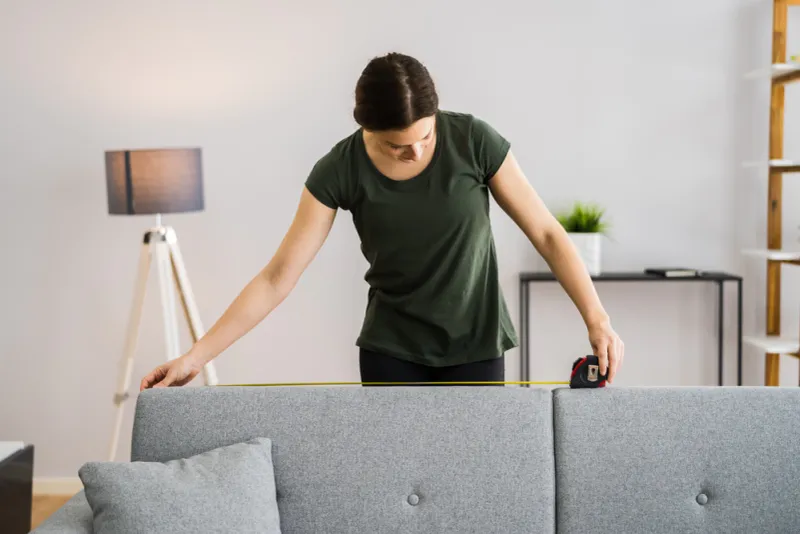
Never leave home without a measuring tape! Your dream vintage credenza might look perfect in your mind, but reality hits when it won’t fit through your doorway. I’ve witnessed countless shoppers make this rookie mistake.
Measuring your space beforehand saves heartbreak and unnecessary returns. Keep a small notebook with dimensions of areas you’re looking to fill, including doorway widths and stairwell clearances if you live in an apartment building.
2. Shop On Weekday Mornings

Early birds catch the vintage worms! Weekday mornings offer the freshest inventory and fewer competitors battling for that mid-century coffee table you’ve been eyeing. Most thrift stores restock overnight or early morning.
Tuesday and Wednesday mornings typically yield the best selection since weekend donations have been processed. Staff are also more available to help during these quieter hours, potentially offering additional discounts if you’re friendly and enthusiastic about their merchandise.
3. Check For Store Discount Days

Smart thrifters know the secret calendar. Most thrift stores run special discount days where certain colored tags or entire departments are marked down significantly. Goodwill often does 50% off colored tags that rotate weekly.
The Salvation Army typically offers discounts on specific weekdays. Local independent shops might have senior, student, or military discount days worth planning around.
Follow your favorite stores on social media, where they’ll announce flash sales or special events.
4. Look Beyond Surface Imperfections

That dusty oak dresser with chipped paint might just be your next showstopper! Training your eye to see potential rather than problems separates amateur thrifters from pros. Many furniture pieces only need simple cleaning or minor repairs.
Wood furniture with good bones can be transformed with sandpaper and paint. Upholstered pieces with solid frames but ugly fabric make perfect reupholstery candidates. Even items with missing hardware can be easily updated with new knobs or pulls from any hardware store.
5. Check The Underside And Backs Of Furniture
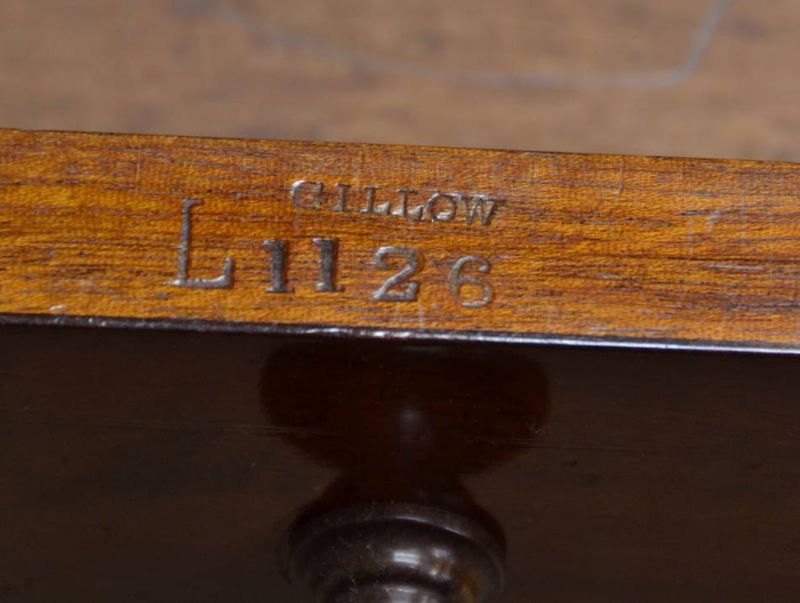
Flip it over! The secrets of quality furniture hide underneath and behind. High-quality pieces often have signatures, date stamps, or manufacturer marks that can reveal their true value and history.
Solid wood construction, dovetail joints, and quality hardware indicate craftsmanship worth investing in. The underside can also reveal structural issues or insect damage that might not be apparent at first glance.
This simple habit has helped me identify unmarked mid-century pieces worth hundreds more than their price tags.
6. Visit Wealthy Neighborhood Thrift Shops

Location matters enormously in the thrifting game. Thrift stores in affluent neighborhoods often receive higher-quality donations from residents who update their decor more frequently. These shops might charge slightly more but offer significantly better merchandise.
Wealthy areas tend to yield designer pieces, solid wood furniture, and quality home goods. Estate sales in these neighborhoods can be goldmines too.
Don’t overlook church thrift shops in upscale areas, which often have surprisingly low prices despite quality inventory.
7. Bring Color Swatches And Fabric Samples
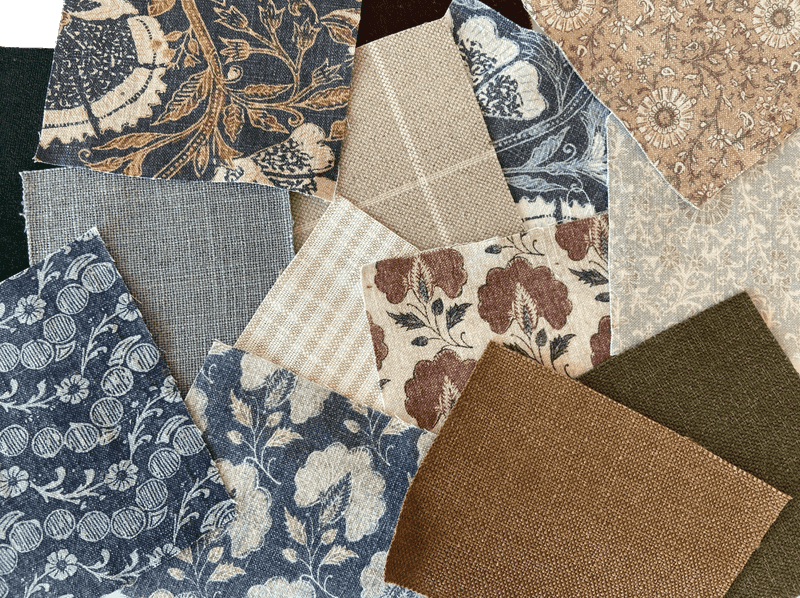
Your memory isn’t as reliable as you think! Carrying paint chips, fabric swatches, or even photos of your existing decor prevents costly mistakes when thrifting. Colors look different under store lighting and can play tricks on your perception.
Having physical references helps determine if that emerald green chair truly complements your existing color scheme. This simple trick has saved me countless returns and design mishaps. Phone photos of your space also help visualize how potential pieces might fit with your existing aesthetic.
8. Build Relationships With Store Staff
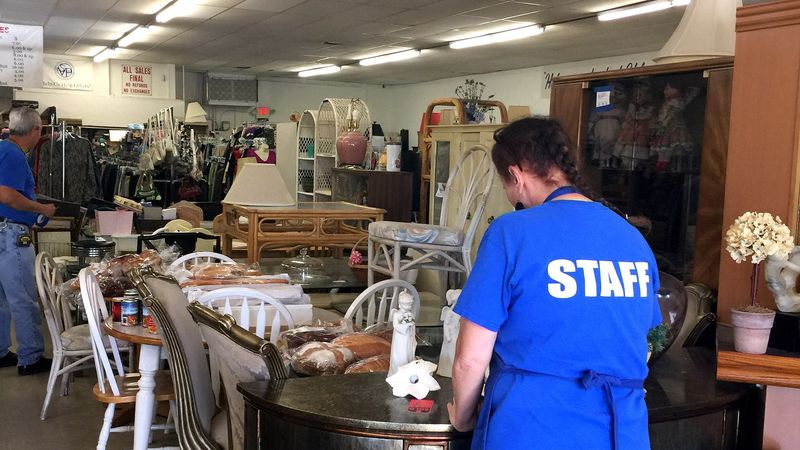
Ever wondered how some thrift shoppers always seem to snag the best finds before anyone else? Friendly conversation goes further than you might think! Getting to know thrift store employees can lead to insider tips about upcoming merchandise or special items held behind the scenes.
Staff often know when deliveries arrive and what’s on the way. Regular, polite shoppers sometimes get first dibs on coveted pieces before they hit the floor.
If you’re hunting for something specific, like a mid-century dresser or vintage lamp, leave your contact info. Many employees will actually reach out when something matching your wishlist comes in!
9. Look For Solid Wood Construction
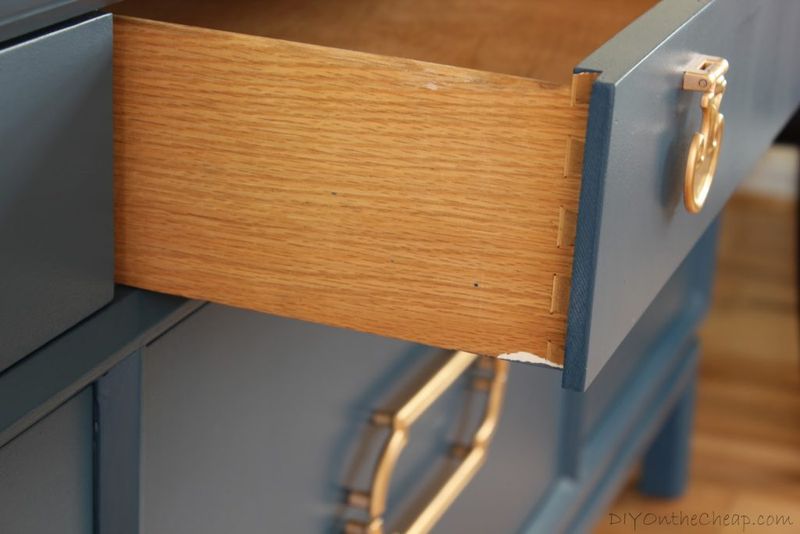
Knock on wood, literally! Tapping furniture helps distinguish solid wood from cheaper particleboard or veneer construction. Solid wood pieces sound deeper and more substantial when knocked, while hollow or manufactured wood sounds tinny.
Solid wood furniture can be refinished multiple times and lasts for generations. Check drawer construction too, dovetail joints and smooth drawer action indicate quality craftsmanship.
Even if the finish is damaged, solid wood pieces can be restored to their former glory with relatively simple techniques.
10. Shop Off-Season For Best Deals
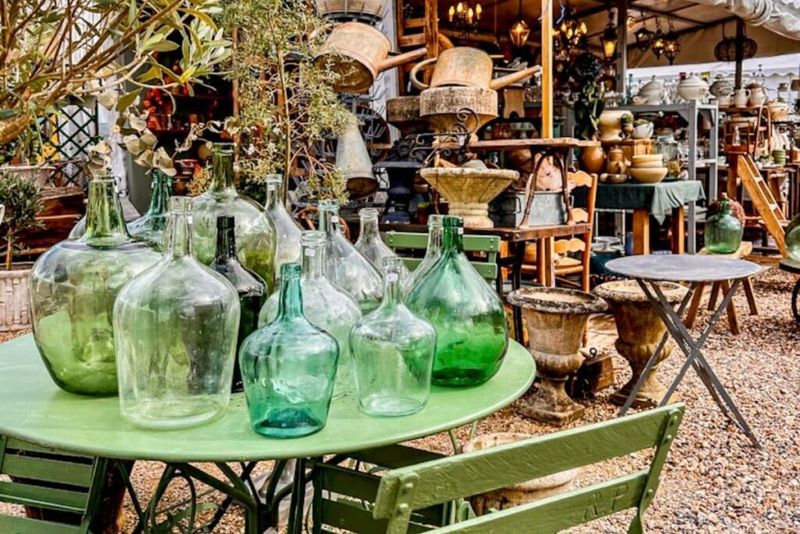
Timing transforms ordinary shopping into strategic thrifting. Hunting for Christmas decor in January or patio furniture in October yields incredible bargains. Most shoppers aren’t thinking seasonally, giving you less competition.
Thrift stores often slash prices on seasonal items to make room for more relevant inventory. Summer items get discounted in fall, while winter items get marked down in spring.
This approach requires storage space but can save you 70-90% compared to buying during peak seasons.
11. Skip Heavily Damaged Upholstered Pieces
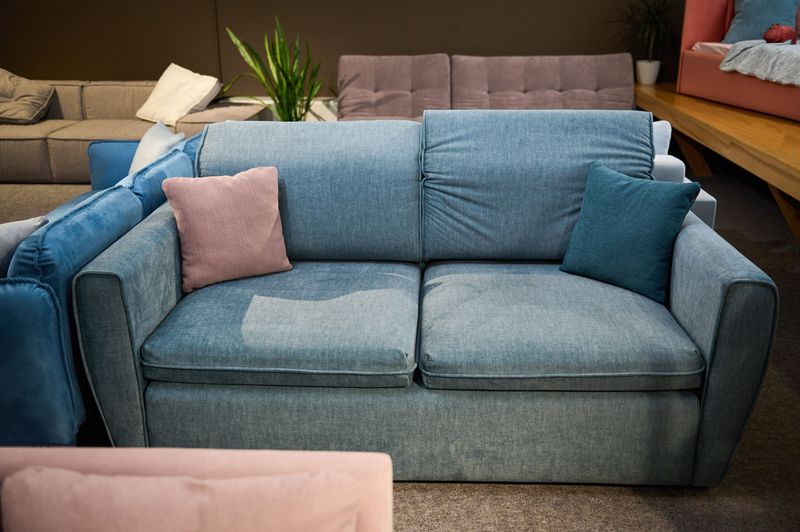
Walking away takes wisdom! While reupholstering sounds like a fun DIY project, professional upholstery costs often exceed the value of thrifted furniture. That $30 vintage sofa might require $800+ in professional reupholstering.
Stains, tears, and worn cushions are expected, but avoid pieces with structural damage or deep odors. Cigarette smoke and pet odors can permeate the entire frame and padding.
Unless you’re experienced with upholstery or willing to invest significantly, these pieces rarely prove worthwhile.
12. Avoid Particle Board Furniture
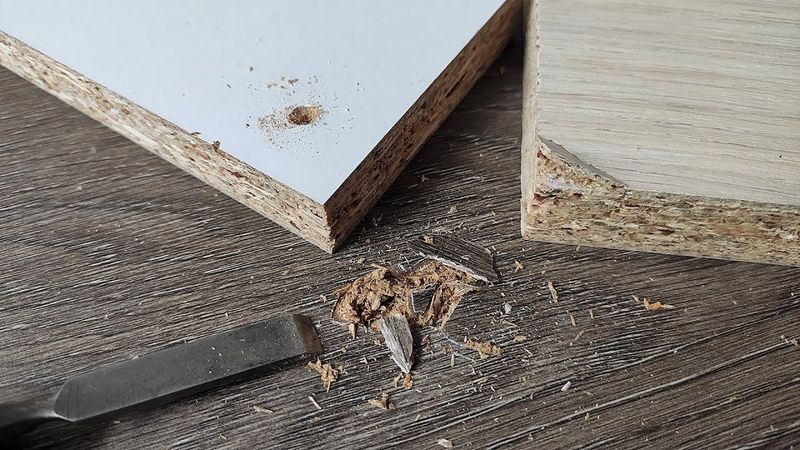
The truth is, not all secondhand furniture deserves a second chance. Particle board items (like many mass-produced pieces from big box stores) deteriorate quickly and don’t hold up to reassembly. Once those compressed wood fibers get wet or the laminate peels, there’s no saving them.
These pieces often arrive at thrift stores already compromised. Look for swelling near screws or joints, which indicates water damage.
Even minor damage to the thin veneer coating exposes the fragile core beneath, making these pieces poor investments even at rock-bottom prices.
13. Pass On Outdated Media Storage
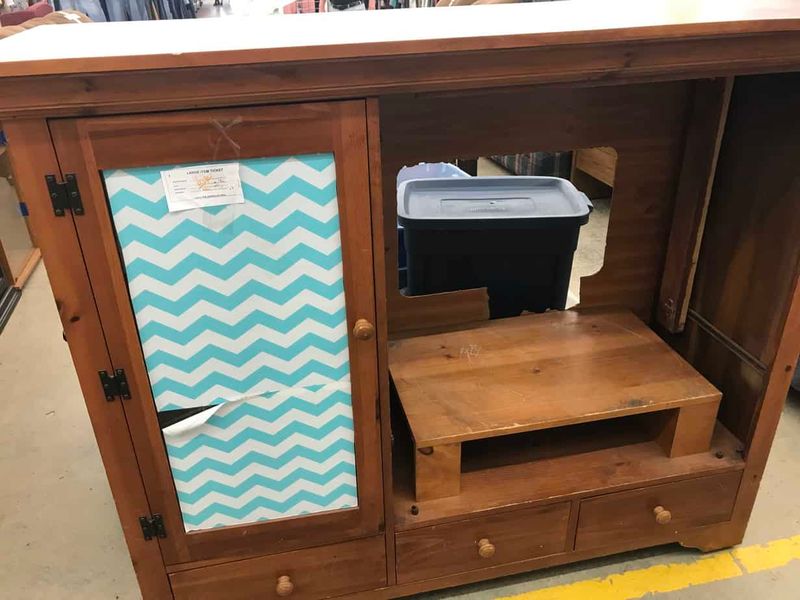
Those massive entertainment centers and CD towers belong to yesterday. Media storage designed specifically for VHS tapes, CDs, or bulky tube TVs serves little purpose in today’s streaming world. These pieces often have awkward dimensions that don’t work with modern electronics.
Entertainment units with fixed-size TV compartments rarely accommodate contemporary flat screens. While some pieces can be repurposed creatively, most become space-wasting eyesores.
Your design dollars and square footage deserve better than these technological dinosaurs, regardless of their bargain prices.
14. Steer Clear Of Water-Damaged Furniture
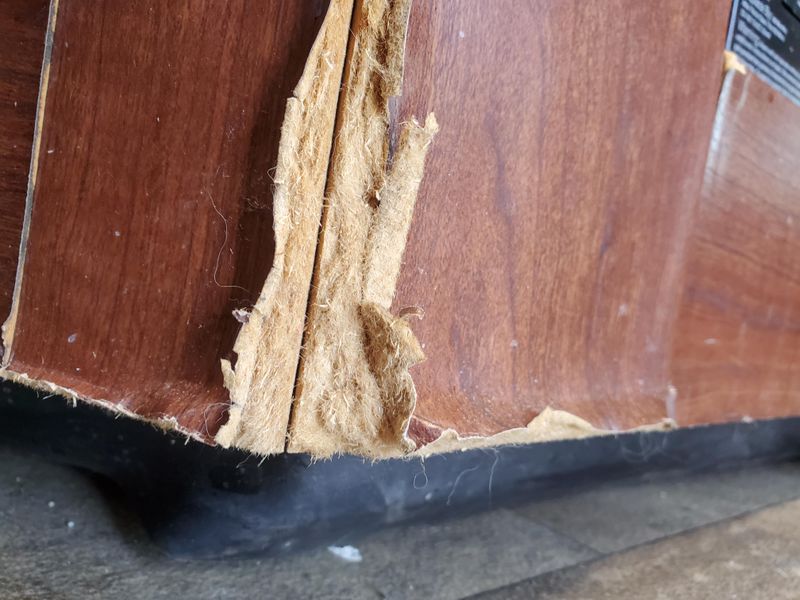
How can you tell if your furniture has hidden water damage? Dark water rings, bubbling veneer, warped surfaces, and musty odors are clear warning signs!
These symptoms often point to deeper structural issues beneath the surface. Moisture can settle inside joints or under finishes, encouraging mold growth that poses health risks.
Swollen particleboard won’t bounce back, and even solid wood pieces may have weakened glue joints or warping that only expert restoration can fix effectively.
15. Don’t Buy Recalled Items
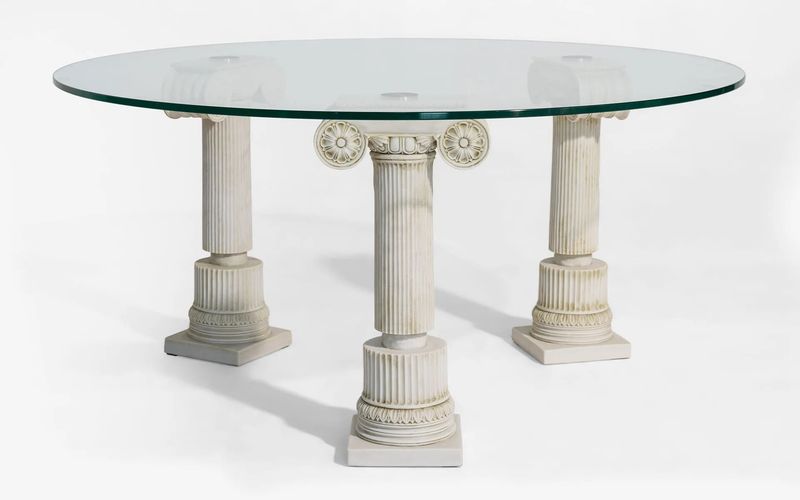
Safety trumps style every time. Thrift stores sometimes unknowingly sell recalled furniture items that pose serious hazards. Certain dressers, cribs, and bunk beds have been recalled due to tipping risks or unsafe design.
Before purchasing children’s furniture or items with safety concerns, check the Consumer Product Safety Commission website using your phone. IKEA’s Malm dressers, certain drop-side cribs, and glass furniture with tempered glass issues are common examples.
No bargain is worth risking your family’s safety with items pulled from the market.
16. Skip Mattresses And Box Springs
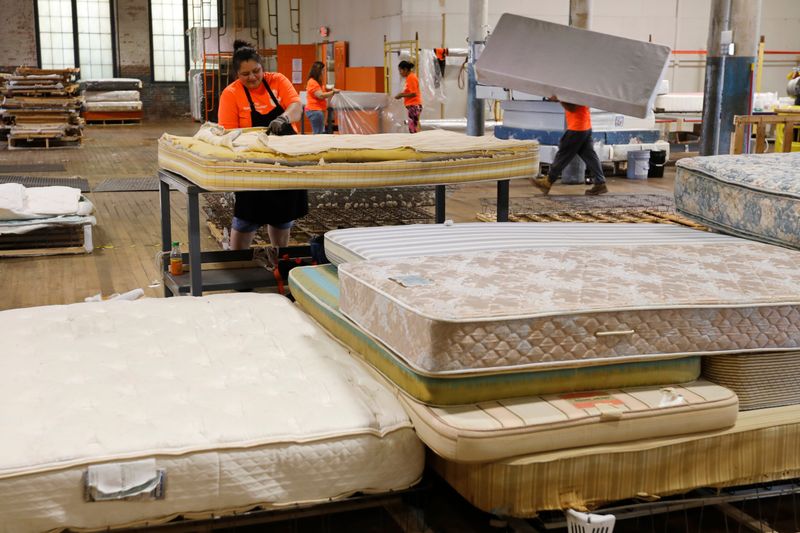
Some thrift items should remain untouched. Used mattresses can harbor bedbugs, dust mites, bodily fluids, and other unwelcome surprises impossible to detect visually. Even with protective covers, these issues persist beneath the surface.
Many thrift stores have policies against selling used mattresses, but some still offer them. Box springs pose similar concerns.
The potential cost of treating a bedbug infestation far outweighs any savings. This is one category where buying new truly protects your health and home.
17. Avoid Wicker With Significant Damage
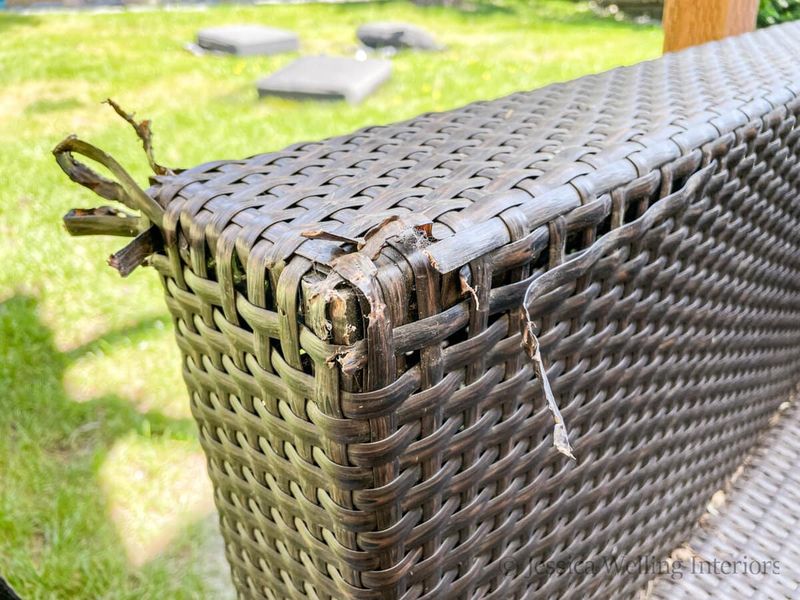
Unfortunately, broken wicker rarely bounces back. While minor wicker damage can sometimes be repaired, pieces with extensive breakage, unraveling, or missing sections require specialized skills and materials to restore properly. Most DIY repairs end up looking obviously patched.
Professional wicker restoration costs often exceed the value of thrifted pieces. Damaged wicker can also harbor dust, insects, and moisture problems.
Unless the piece is a valuable antique or has exceptional design merit, damaged wicker furniture typically becomes an unfinished project that wastes both money and storage space.
18. Pass On Heavily Modified Furniture
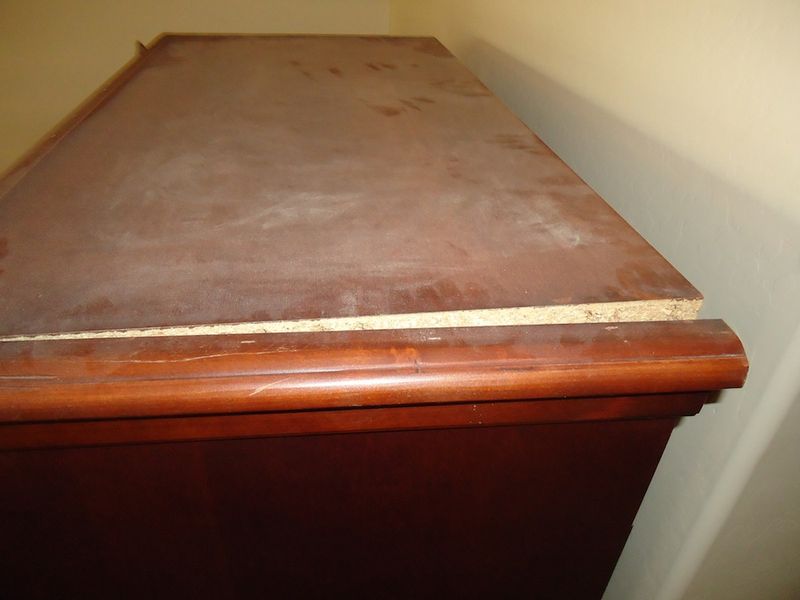
Someone else’s DIY disaster shouldn’t become yours! Furniture with amateur modifications often has compromised structural integrity and questionable aesthetics. Think poorly attached elements, mismatched hardware, or bizarre color combinations.
Signs of problematic modifications include uneven paint application, visible glue residue, or misaligned joints. While some upcycled pieces show creative skill, many represent weekend projects gone wrong.
If you’re not ready to completely redo the work or truly appreciate the quality of the modifications, these pieces usually cause more frustration than satisfaction.
19. Beware Of Musty-Smelling Furniture
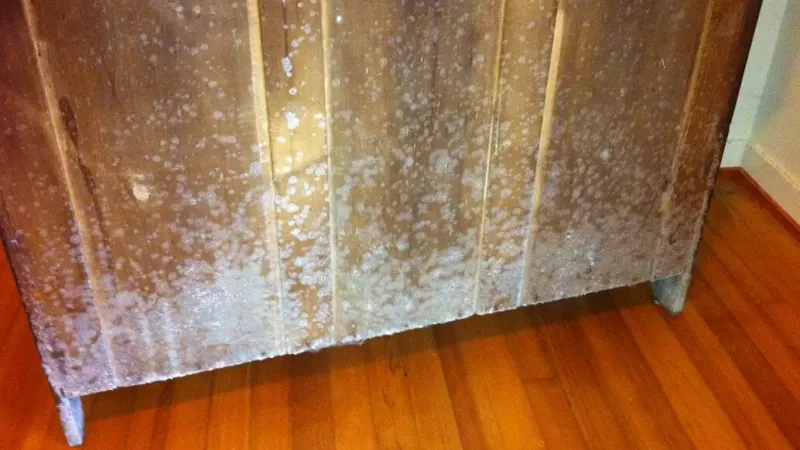
Trust your nose above all else! Persistent musty odors in furniture typically indicate mold, mildew, or prolonged exposure to damp conditions. These smells penetrate wood fibers and padding, becoming nearly impossible to eliminate completely.
While surface mold might be cleaned, deeply embedded spores often resurface when humidity rises. Items with musty smells can also trigger allergies or respiratory issues in sensitive individuals.
Even powerful cleaning methods like ozone treatment sometimes fail to permanently remove these odors once they’ve permeated wooden structures.






